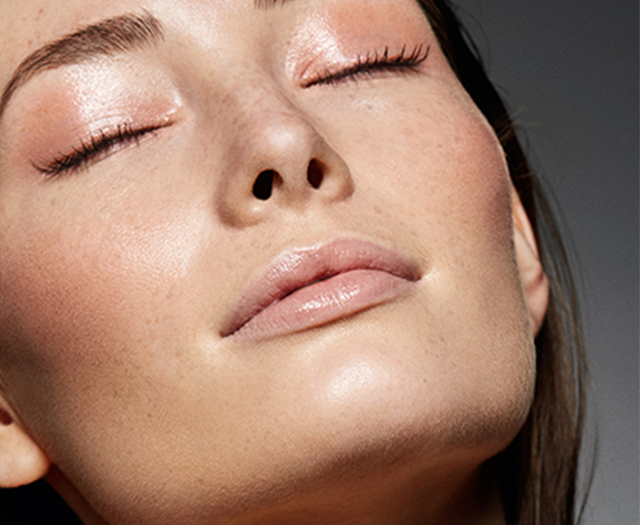Looking beyond the skin with 3D photography
Our skin can go through a lot in a lifetime: acne as teens and adults, sometimes with lesions; eczema, rosacea, basal cell carcinoma, sun damage, contact dermatitis… plus, as we age, wrinkles, hyperpigmentation, enlarged pores and sagging. Identifying issues, deciding on appropriate treatment, and keeping a close check are key. For practitioners, access to precise, quantifiable, in-depth skin analysis is a game-changer for assessing and monitoring but also for providing clarity to their patients.
3D photography is transforming skin analysis, the skin consultation and follow-up.
Highlighting the uniqueness of each patient
Effective patient follow-up is central to deciding appropriate care, devising an on-going treatment plan, and generating patient trust. Increasingly discerning, patients want to understand their own skin condition and see that a treatment is working. 3D skin analysis allows practitioners to provide each patient with high quality, accurate, objective data, unique to their individual case and aesthetic goals. Using the LifeViz® App, a practitioner can better visualize pores, wrinkles, oiliness, skin texture, vascularization, melanin changes and provide a complete, bespoke, skin analysis for their patients. 1,2,3
The LifeViz® App – more tools for a premium and personalized 3D skin analysis:
A premium, individualized 3D skin analysis enables patients to understand and visualize their individual skin concerns, guides practitioners with treatment options, shows progress, validates results, and generates loyalty. The LifeViz® App currently offers the most comprehensive 3D analysis tools on the market:
– the red map tool highlights redness/vascularization issues
– the brown map tool with 3D imaging reveals pigmentation and sun spots that are not or barely visible to the naked eye
– wrinkle, pore and acne lesion depths can be measured, as well as skin oiliness and evenness, enabling accurate, quantifiable and objective tracking of changes
– the slider tool shows precise Before and After 3D images with clear indications of post-treatment progress
With the excellent level of skin analysis that the LifeViz® range offers, practitioners can show their patients what is happening to their skin and demonstrate change in a clear and accessible way. The user-friendly Pro range enhances the doctor-patient experience even further by increasing efficiency and freeing up valuable time to devote to the patient: easy and automatic wireless image transfer to optimize workflow, professional-quality premium 3D camera and AI-powered Software Suite. For skin affectations of the face, the LifeViz® Mini Pro provides unsurpassed 3D analysis as it is specifically designed for greater precision of finer details over smaller areas.
By providing insights that go beyond the skin, 3D skin analysis is proving to be an essential and transformative element in making each patient journey unique.
1. We notice a net improvement on both classifying wrinkle and pore using the 3D orientation-based features over the 2D ones. Today, high resolution 3D surface reconstructions can be achieved with great precision. A 2D image is a snapshot of a 3D scene with a set of well-defined conditions, including the lighting environment, the relative position of the camera and the objects forming the scene etc.These conditions together determine what is seen in the image and what is not. Thus a 2D image will not convey all the information present in the scene it represents and this is valid for the textures present in the scene.
https://pure.aber.ac.uk/ws/files/6737010/bare_conf.pdf
2. 3D image analysis quantifies skin surface roughness and acne volumes and is valid for objective, repeatable quantification of the severity of atrophic acne scarring.
https://onlinelibrary.wiley.com/doi/10.1111/srt.12464
3. 3D image-based analysis of the skin may be useful for the quantification of acne symptoms of cosmetic relevance.
https://onlinelibrary.wiley.com/doi/10.1111/j.1600-0846.2011.00553.x

